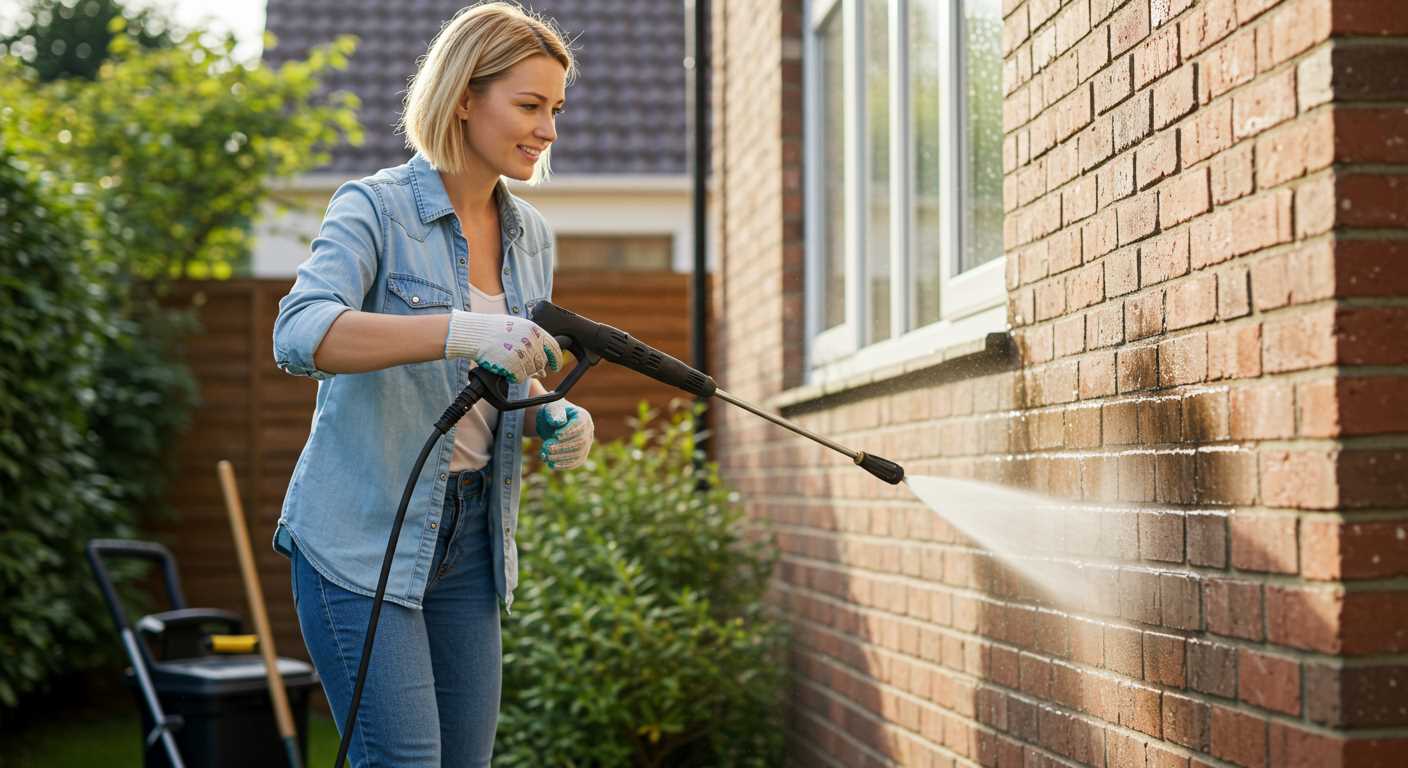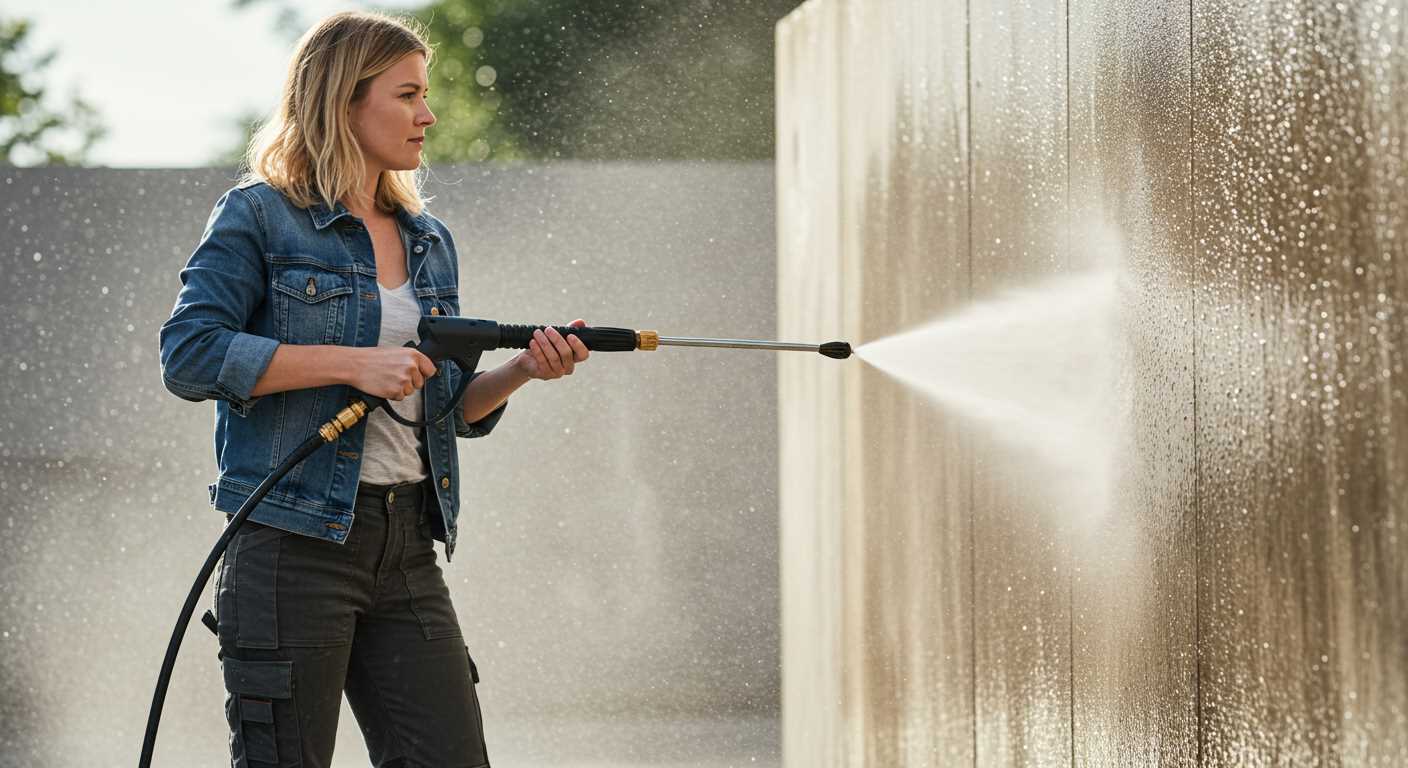

If you’re experiencing subpar functionality from your screen cleaner, the first step is to inspect the nozzle. Often, debris and grime accumulate, leading to blocked openings that impede fluid flow. A thorough cleaning of the nozzle with a small brush or by soaking it in warm water can dramatically enhance spray efficiency.
The next area to examine is the fluid reservoir. Ensure that the tank is filled with the appropriate cleaning solution, as a diluted or contaminated concoction may not deliver optimal results. If necessary, replacing the old fluid with fresh, undiluted cleaner can make a significant difference.
An additional aspect to investigate is the delivery tubing. Over time, these hoses can become kinked or worn, restricting the flow of liquid. Carefully inspect the entire length of the tubing for any obstructions. Replacing damaged sections can restore full functionality to your equipment.
Lastly, check the motor or pump for any signs of malfunction. If there’s an issue, a simple adjustment or replacement of worn parts might be all that’s needed to revive performance. Engaging with your equipment from a hands-on perspective is often the most effective way to ensure its proper operation.
Identify the symptoms of insufficient fluid flow

The initial indicator of inadequate fluid flow often manifests as a noticeable reduction in spraying distance. If the liquid barely reaches the windscreen, this points to a problem that requires immediate attention.
Additional signs to watch for:
- Poor coverage: The spray may fail to cover the entire glass, leaving patches untouched.
- Intermittent sprays: A stuttering or inconsistent flow during operation suggests blockages or pressure issues.
- Whistling noises: Unusual sounds coming from the nozzle or pump indicate restricted fluid movement.
It’s essential to monitor these indicators regularly. The sooner they are addressed, the quicker the situation can be remedied. If you find yourself refilling the reservoir more frequently than expected, it could signal a leak or inefficient distribution. Pay close attention to the system’s performance to ensure optimal visibility while driving.
Check the Fluid Level and Top Up
Start by locating the reservoir for the cleaning solution, usually marked with a washer symbol. Ensure that the liquid is visible within the container. If it’s below the recommended mark, it’s crucial to add more fluid to avoid performance issues.
How to Top Up
Open the lid of the reservoir and pour in the appropriate cleaning solution, which can be a ready-to-use product or a mix of water and concentrate. Use a funnel for precision and to prevent spills. Fill until the fluid reaches the recommended level, then securely replace the lid.
Frequency of Checks

Regularly monitor the fluid level, especially before long journeys or adverse weather conditions. An ample supply guarantees optimal functionality, keeping the visibility clear and the driving experience safe.
Examine and Clean the Nozzles
Inspecting the nozzles should be your next step. Use a fine needle or toothpick to carefully clear any clogs. Deposits can build up due to dirt, dust, or old cleaning fluid, causing suboptimal spray patterns.
Cleaning Procedure
Once you’ve accessed the nozzles, gently insert the needle to dislodge any blockages. Avoid excessive force, which may damage the nozzle. After clearing, rinse the area with a little solution to ensure it operates smoothly.
Testing the Result
After cleaning, conduct a test run. Activate the spraying system and observe the dispersion. An even, consistent spray indicates that the nozzles are functioning properly. If issues persist, consider further examination of the entire fluid delivery system.
Inspect the Washer Pump for Faults
Start by locating the washer pump, typically found at the base of the washer fluid reservoir. Check for any visible signs of damage or wear, such as cracks in the casing or loose connections. If anything appears out of the ordinary, it may need replacing.
Next, listen for operational sounds while activating the system. A humming noise often indicates the pump is attempting to work. If there’s no sound, or a grinding noise is heard, this suggests internal damage or a failure. Testing the voltage at the pump terminals can confirm whether it’s receiving power. A multimeter can help with this process; if there’s no current, the issue may lie within the wiring or the switch.
Remove the pump for a detailed inspection. Clear any debris or residue that could impede its functionality. Testing the pump independently by connecting it directly to a power source can verify if it operates correctly. If it doesn’t, a replacement is necessary.
Finally, reassemble the system carefully, ensuring all connections are secure and sealed properly to prevent leaks. This thorough inspection can often identify and resolve issues impacting the performance of your cleaning system.
Replace Damaged or Worn Hoses
Begin by examining the hoses connected to the fluid delivery system. Look for cracks, leaks, or significant wear. If any part of the hose appears compromised, it’s essential to replace it to restore optimal performance.
To replace a damaged hose, first, disconnect it from the pump and the nozzles. Ensure that you have the correct replacement length and diameter. It’s advisable to choose high-quality hoses that can withstand temperature fluctuations and pressure variations.
After removing the old hose, install the new one by connecting it firmly to both the pump and the nozzles. Make sure the fittings are secure to prevent any leaks.
Once installed, test the system by activating the pump. Check for any signs of leakage around the connections. If everything looks good, your fluid delivery should be restored to a satisfactory level.
| Symptoms of Damaged Hoses | Recommended Actions |
|---|---|
| Visible cracks or splits | Replace immediately |
| Leaks at connection points | Check fittings; replace hoses if necessary |
| Soft or swollen areas | Consider replacing to prevent future failures |
| Inconsistent flow | Inspect hoses for blockages or damage |
Regular maintenance of hoses will prolong the lifespan of the system and enhance overall performance. Replacing old or faulty hoses can make a significant difference in the effectiveness of your cleaning setup.
Test the electrical connections to the washer pump

Begin by disconnecting the power supply to the pump. This ensures safety during testing. Use a multimeter to check for continuity at the connector leads. If there is no continuity, there may be a break in the wiring or a faulty switch. Next, inspect the connectors for corrosion or damage. Clean them as needed, ensuring a good connection.
If continuity exists and connections appear secure, apply power directly to the pump terminals using jumper wires. Listen for any operational sounds, indicating that the pump is engaging. If the pump does not respond, it is likely defective and should be replaced.
For advanced diagnostics, verify the voltage reaching the pump during operation. A reading below the specified value suggests an issue upstream, possibly in the wiring harness or fuse. Make sure to replace any blown fuses identified in the circuit.
After testing, reconnect all components carefully. Ensure that the electrical connections are snug, reducing the risk of future failure. If all systems check out, proceed to test the fluid flow, verifying effective operation of the entire system.
Evaluate the Vehicle’s Washer System for Blockages
Inspect tubing and connections for kinks or obstructions. Begin at the nozzle point and trace back to the reservoir. For a thorough assessment, detach the hoses and visually examine the interior.
Check for Debris
Use a small wire or needle to probe any visible dirt caught within the nozzles. If deposits are found, a gentle cleaning with warm, soapy water can restore functionality. Ensure that no foreign objects are lodged inside the system.
Assess the Reservoir and Filters
Examine the fluid reservoir for contaminants or sediment. Clear the filter situated inside the reservoir if present. Regular maintenance of these components helps prevent future blockages.
By addressing these areas, you can significantly enhance the performance of your cleaning system, ensuring it operates smoothly and efficiently.








